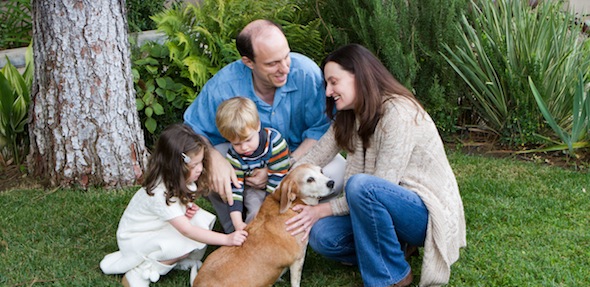 Pets are the most often overlooked members of the family when it comes to estate planning.
Pets are the most often overlooked members of the family when it comes to estate planning.
Some might think that it’s a bit silly to think about estate planning for pets, but pet loves sure don’t. It’s really a serious matter. Most pets eventually end up in some sort of a rescue shelter after their original owners pass away.
Most pet owners assume, that if something were to happen to them, their loved ones, or a neighbor would take their pets in. There are financial responsibilities associated with owning a pet, family compositions change, and many people are unwilling or unable to take on the responsibility- hence why so many pets end up in shelters.
California is one of a few states in the country, that recognizes that pets are more than just property. In 2008, Governor Schwarzenegger signed into a law Probate Code Section 15212, which allows you to create an enforceable pet trust. This vehicle makes sure that your pet will find a good home, and allows you to allocate funds to make sure your pet are well cared for.
Pet Trusts are simple to create, and work much in the same way as the provisions you might insert into your trust to care for underage or special needs children.
5 steps to get started to get started with a pet trust:
1. Find the right home and care givers for your pet.
2. Determine the average cost to care for your pet. This includes costs such as food, vet visits, medicine, and grooming.
3. Multiply the average life expectancy of your pet by the average care cost. Cats and Dogs, can live an average of 15-20 years, some birds can live 40-80 years. Here are some helpful resources:
4. Set the calculated money aside for the care of your pet. We recommend using a life insurance policy for this. You’ll end up spending pennies now, and your pet will receive Dollars for it’s care when the policy pays off.
5. Note any special requests you want to make for your pet. This includes things like the type and brand of food your pet should be fed, which vet should see your pet, if your have more than one pet; should they be kept together, etc.
